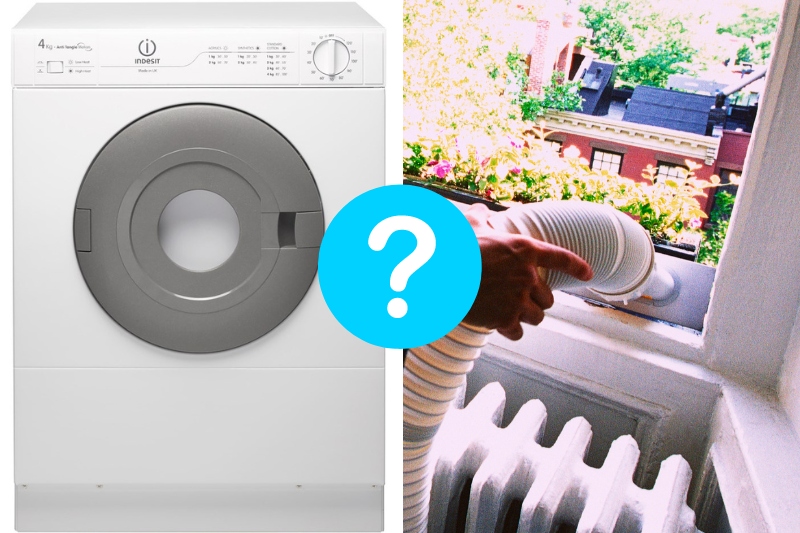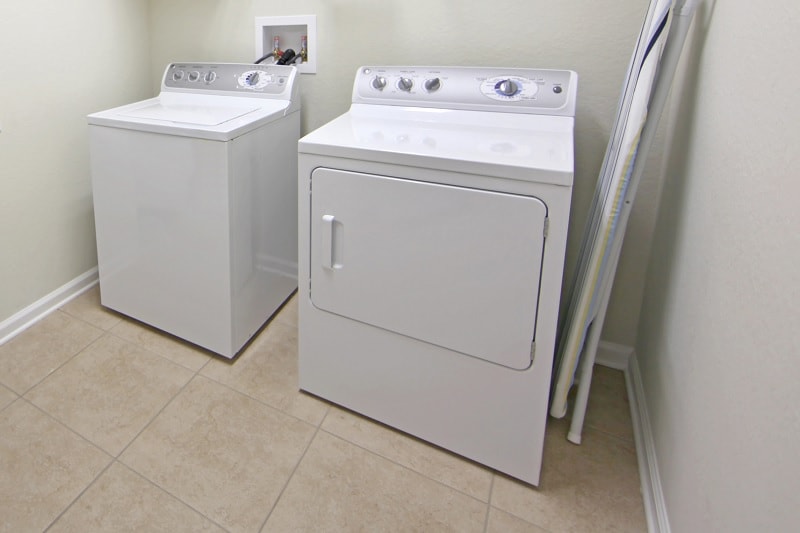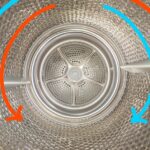Tumble dryers are a practical and convenient step in most people’s laundry routine.
Vented dryers can seem a bit more complicated than tumble dryers since they come with a hose designed to vent the damp air outside.
But does the vent really need to be vented outside? What if it’s not possible to feed the vent outdoors?
Find out the answer to these questions below.
Do Vented Dryers Need to Be Vented Outside?
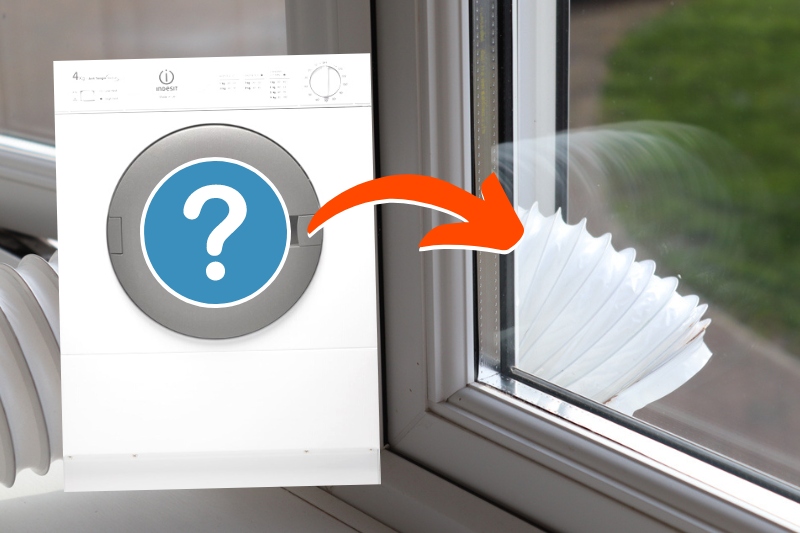
A vented dryer works by pumping hot air into the spinning drum which causes the moisture to evaporate. The moisture is collected and fed out through the vent.
So yes, the dryer does need to be vented outside. Pumping moisture back into an enclosed space can cause various issues.
Fire hazard
Even though dryers come with lint traps, they can’t catch 100% of loose lint. Lint that isn’t caught by the dryer comes out of the vent and can build up wherever it’s deposited.
Lint is flammable, so one small spark from an electrical appliance nearby could start a fire.
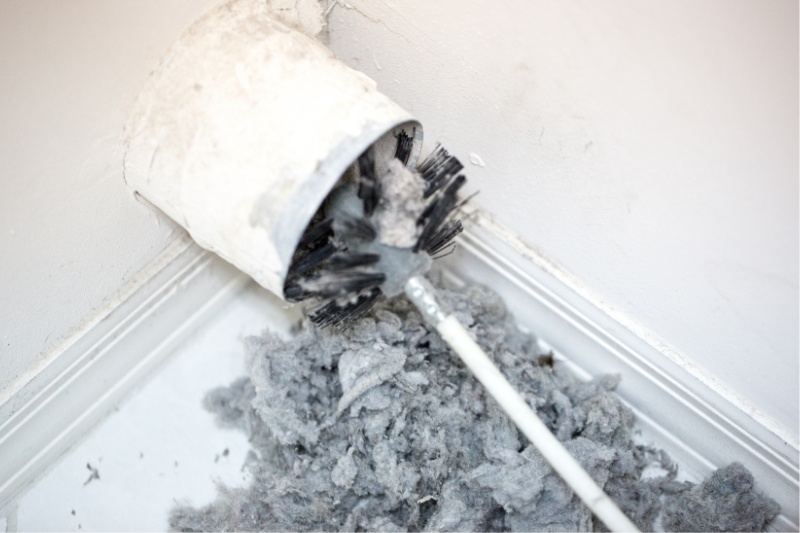
Mould
The vent is where all of the excess moisture goes to leave the dryer. This means that if the vent is inside your home, the excess moisture is getting into the air.
The moisture will pool on any nearby surface and can encourage mould growth. Mould itself can be toxic and exacerbate respiratory issues.
Not to mention, it’s unsightly and can be difficult to get rid of.
Structural issues
Pumping moisture into the air can also cause structural issues. When certain materials are consistently damp, such as insulation and wood, they can rot and weaken.
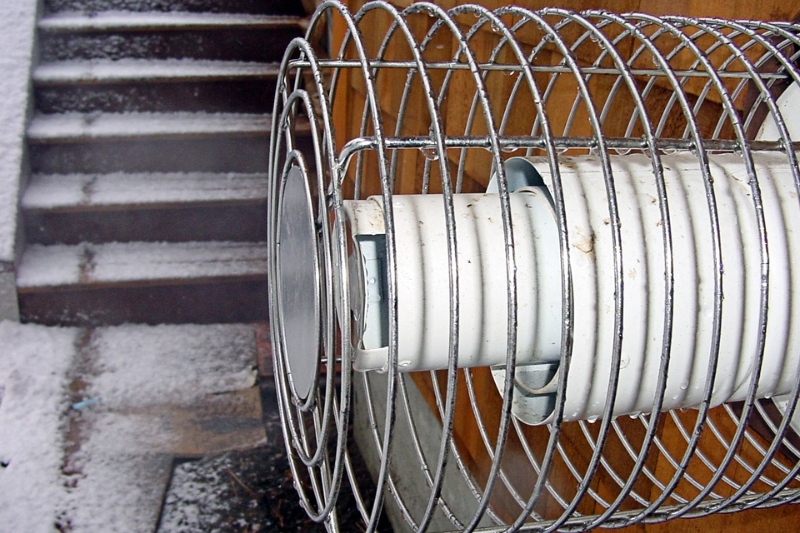
Air quality
Mould is not the only substance that escapes from dryers that can decrease air quality. Lint being pumped out of the vent can also get into the air.
Some of the fibres are so small they can be inhaled and cause irritation and respiratory issues.
Are There Any Alternatives to Venting Outside?
1. Venting indoors (possible but not advised)
In some places in the world, it’s illegal to place a dryer vent indoors. While this is not the case in the UK, it is recommended to avoid doing so, since it will cause issues like those listed above.
2. Condenser box
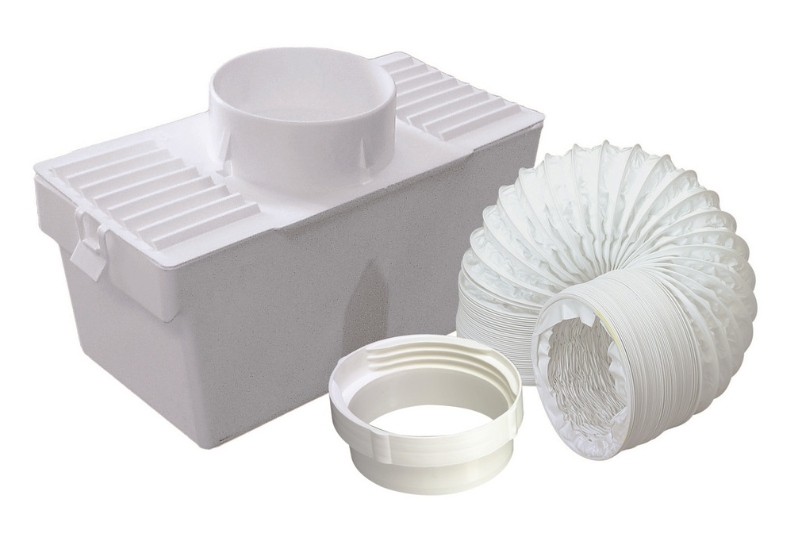
If you have a vented dryer but can’t vent it outside, you should look into using a condenser box instead.
These boxes connect to the vent hose and effectively turn your vented dryer into a condenser dryer. They turn the warm, moist air into water and collect it in a container, which you need to empty periodically.
While they sound like a great solution, many people who use them find that they don’t work very effectively and are a hassle to use.
They require a bit of maintenance, and you need to manually add cold water or even ice to the box to make it work. However, they’re pretty cheap, so might be worth trying out instead of investing in a new dryer or making a hole in your wall.
3. Use a condenser or heat pump dryer instead

Alternatively, you can opt for a condenser dryer or a heat pump dryer, neither of which require venting. These dryers work by heating the air, like a vented dryer, but the moisture is either deposited into a reservoir that needs to be emptied or is expelled through a drain.
Where Can I Put a Vented Dryer?
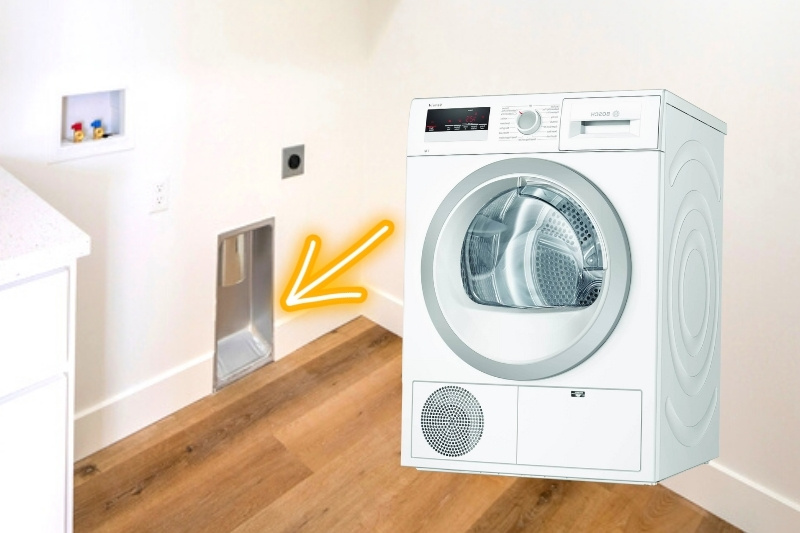
The ideal place for a vented dryer is near to a wall where the vent can be fed outside. A laundry room at the back of your house is a good option as the vent will cause minimal disruption.
If you don’t have a way to install an indoor to outdoor vent, you can try and mitigate the problem by running the vent out of a window or a door.
You can install fixings to your windows to feed a vent outside in a stable way.

In The Wash is your guide to the best laundry and cleaning products, tips and tricks. Our mission is to solve the UK’s cleaning and laundry dilemmas!
